Why Rain Gear is Essential for Construction Workers
Working in construction is not an easy thing; it involves dealing with harsh weather conditions that range from sweltering heat to chilling cold, and yes, the unexpected rainy days. Rain presents unique challenges for construction workers, some of which can impact their safety and effectiveness on the job. That's where rain gear comes in - it's much more than just a convenience. In fact, it can be a lifesaver in numerous ways. Here are some reasons why rain gear is essential for construction workers.
Protection from elements
One of the most important roles that rain gear plays is shielding construction workers from rain, wind, and other elements. The waterproof nature of rain gear ensures that workers stay as dry as possible, providing a solid first line of defense against the elements. Moreover, quality rain gear is usually designed to be wind-resistant, offering protection against brisk breezes that often accompany rainstorms. This wind-resistance is a crucial aspect that many overlook. In a working environment where stability is paramount - on scaffolds or high beams, for instance - a sudden gust of wind can potentially be disastrous. Well-designed rain gear offers:
- Breathability: To prevent overheating and maintain comfort
- Visibility: Bright colors and reflective elements for better visibility
- Layering: The possibility of layering underneath for colder weather
Enhances productivity
Rain can make a firm grip difficult, prompting workers to move slowly and cautiously to prevent accidents. By keeping workers dry, rain gear allows them to move more freely, enhancing their productivity. Furthermore, when workers are not worried about getting wet or slipping, they can fully concentrate on their tasks. This leads to more work getting done quicker and more efficiently. So, a decent set of rain gear keeps the wheels of the construction project turning, even in the most challenging weather.
Reduces risk of illness
Constant exposure to rain and cold can lead to various health issues such as colds, flu, and hypothermia. Equipping construction workers with rain gear insulates them from these risks, contributing to a healthier workforce. There's an old saying in the construction industry: "A healthy crew is a productive crew," and the right rain gear plays a key role in maintaining that health.
In essence, rain gear is not just about comfort - it's about safeguarding workers from the elements, improving their productivity and reducing the risk of illness. Construction managers should, therefore, consider it a crucial investment, not an optional extra. So, the next time dark clouds circle overhead, make sure your team is ready and able with the best rain gear.
Remember, safety and productivity go hand-in-hand on a construction site, and rain gear provides both. Rain or shine, your crew deserves the best protection possible.
Considerations when Choosing High-Quality Rain Gear
Heading out in the rain could be a troublesome affair, if you're not well equipped with the right type of rain gear. It's not just about staying dry; it's also about comfort, durability, and safety. So before you set out to buy new rain gear, here are some key considerations you should bear in mind.
Waterproof vs. Water-resistant
These two terms may sound similar, but there's a significant difference. 'Waterproof' gear is designed to provide total protection against water penetration. On the other hand, 'water-resistant' gear can repel water to some extent but isn't foolproof.
- Waterproof: Ideal for heavy rainfall or sustained wet conditions, waterproof gear has specially designed fabrics and construction methods to stop water from coming in.
- Water-resistant: More suited for light rainfall, water-resistant gear repels water but will get saturated in heavy downpours.
Your choice between these two would depend largely on your geographical location and the time of year.
Durability and Construction
The durability of your rain gear is vital. You don't want your coat leaking in the middle of a downpour or your boots falling apart as soon as they're stressed. Higher durability often equates to higher initial cost, but it's generally a wise investment.
- Fabric Material: Some materials are naturally more durable than others and resist wear and tear. Also, the treatment of the fabric for waterproofing tends to affect its longevity.
- Construction: Look for sealed seams, high-quality zippers, and good overall construction. This would ensure your gear remains waterproof and lasts longer.
Comfort and Fit
Comfort should take precedence when choosing rain gear. If your gear isn't comfortable, you're less likely to wear it, rendering it useless.
- Breathability: Ensure your gear has proper ventilation. Non-breathable gear can make you uncomfortable and sweaty.
- Fit: Rain gear should be spacious enough to accommodate your regular clothing underneath, but not too loose that it hinders movement.
Safety Features
In addition to keeping you dry, consider the gear's safety features.
- Visibility: Choose gear with reflective elements to increase your visibility in low-light conditions.
- Hood and Cuffs: Ensure the coat has adjustable hood and cuffs to keep water from seeping in.
Remember, investing in good quality rain gear can save you discomfort and even potential health hazards. The right gear should keep you dry, comfortable, and safe in all types of weather.
Types of Rain Gear for Construction Workers
When it comes to working in the construction industry, dealing with the elements is part of the job. Rain is a common occurrence that can hinder productivity and even pose safety risks if not properly handled. Thankfully, there's a range of rain gear designed specifically for construction workers that can keep them dry, comfortable, and safe during foul weather. From jackets to rain hats, let's dive into the types of rain gear every construction worker must have.
Rain Jackets
The first line of defense against the rain for any construction worker is a high-quality rain jacket. Aim for one that is water-resistant yet breathable, allowing moisture from sweat to escape while preventing rain from permeating through. Other features to consider when choosing a rain jacket for construction work include:
- Visibility: Construction sites can be busy and hazardous places. Opt for jackets with reflective accents to boost visibility in rainy conditions.
- Durability: Since rain jackets will endure tough conditions, they need to be robust. Heavy-duty materials like PVC (polyvinyl chloride) and coated nylon are ideal for their strength and resistance against the elements.
- Comfort: Adjustable cuffs, a tailored fit, and a lightweight design will all contribute to comfort during long working hours.
Rain Pants
Just as important as a good jacket, rain pants keep the lower body dry and insulated. When selecting rain pants, look for similar features as jackets, such as high-visibility accents, sturdy materials, and a comfortable fit. Also, consider waist adjustability to ensure they stay put during long work hours.
Rain Boot Covers
Feet, being in constant contact with the wet ground, are vulnerable to dampness and chill. Rain boot covers, or 'overshoes,' can be slipped over regular work boots to provide an extra layer of protection. Search for those made from waterproof materials and that have anti-slip soles for safety on wet surfaces.
Rain Hats
Last but not least, protecting your head from the rain is essential for maintaining body warmth. Rain hats are often overlooked but can make a significant difference in comfort during a downpour. Pay attention to materials that repel water and design elements like wide brims and ear flaps that aid in keeping water away from your face and neck.
Choosing the right rain gear for construction work might seem challenging with so many options available. However, by focusing on critical factors like visibility, durability, comfort, and water resistance, you'll find excellent gear that will keep you dry throughout the rainy season. Remember, despite the price or brand, practicality and functionality should take precedence when choosing your rain gear for construction work. Remember, a dry worker is a productive worker!
Proper Maintenance of Rain Gear
Undeniably, rain gear is a significant investment that should not be overlooked. Though it is specifically designed to withstand harsh weather conditions, maintaining its durability over time requires regular maintenance. After all, your rain gear acts as the first line of defense against the elements, and preserving its functionality is paramount. In this section, we will elucidate on the necessary care and maintenance procedures, including cleaning and drying, storage, and performing periodic checks.
Cleaning and Drying
Most people's gut reaction after getting drenched in the rain might be to stuff their rain gear into the closet until the next downpour. This, however, is a recipe for wear and tear. For the following reasons, it is prudent to consider cleaning and drying your rain gear properly:
- Preserves the waterproof coating: Most rain gear has a durable water repellent (DWR) surface. Washing it appropriately helps maintain this coating, keeping it fully functional.
- Upholds the insulating capability: Aside from warding off rain, most rain gear also provides insulation. Washing prevents the build-up of grime and dirt that could compromise this important feature.
- Increases lifespan: Timely washing and drying can significantly elevate the lifespan of your rain gear. This can save you the costs associated with frequent replacements.
To clean your rain gear properly, read and follow the washing instructions given by the manufacturer. Further, avoid using detergents that can damage its waterproof and insulating capacity. After washing, set your gear to dry in a shaded, well-ventilated area.
Storage
Proper storage of your rain gear is just as important as cleaning and drying it. It is recommended to store it in a cool, dry place away from direct sunlight, as sunlight can adversely affect the fabric's DWR coating due to its ultraviolet rays. In addition, folding or compressing rain gear for an extended period can cause creases and cracks on the fabric. Hang the gear loosely or lay it out flat in storage to avoid this issue.
Periodic Checks
Lastly, conducting periodic checks on your rain gear is vital to ensure its continued function. Look out for any weak spots, leaks, or deterioration in the DWR coating. Promptly perform necessary repairs, or consider replacing the gear if it appears significantly worn out.
In essence, your rain-gear investment demands just a bit of thoughtfulness and proper care to provide you with the best protection against harsh weather conditions. By cleaning and drying properly, offering correct storage, and running periodic checks, you can ensure that your rain gear stands the test of time.
Cost-effectiveness of High-Quality Rain Gear
With turbulent weather patterns becoming increasingly common each year, investing in high-quality rain gear isn't just a smart move—it's a necessary one. Braving the elements without proper protection not only leaves you vulnerable to discomfort but could also cost you more money in the long run. In this piece, we dig into the cost-effectiveness of high-quality rain gear and demystify the belief that 'expensive' always equates to 'better'.
High-quality rain gear typically falls within a higher price bracket compared to its lower quality counterparts. This initial cost can deter some people, given that cheaper options can seem appealing in the short term. However, when you consider the lifespan and efficacy of high-quality pieces, their true cost-effectiveness comes into sharper focus.
Let's break this down:
- Longevity: High-quality rain gear is typically made to last. These items are generally crafted from durable materials and designed to withstand grueling weather conditions. Though they may cost more upfront, their extended lifespan can outlast many cheaper alternatives.
- Performance: Quality gear is more likely to provide reliable protection from different weather conditions. They not only shield you from rain but also offer additional features like breathability and insulation, enhancing your overall experience.
- Maintenance & Repair: Lower-end pieces tend to need more frequent replacements and repairs, racking up hidden costs over time. Quality rain gear, with its superior materials and construction, necessitates less maintenance and has fewer instances of malfunction.
Now, you might ask - "So, is higher cost always synonymous with higher quality?" The answer to that, surprisingly, is not necessarily. It's important to note that a higher price tag doesn't always equal better quality. Paying attention to aspects like material, manufacturer reputation, and customer reviews can be instrumental in separating 'overpriced' from 'worth it'.
The term 'cost-effective' is relative and extends beyond just the price tag. It refers to the long-term value achieved from a product, including its durability, performance, maintenance needs, and overall user satisfaction. High-quality rain gear may present a higher upfront cost, but its longevity and efficacy translate into long-term savings and comfort, making it a cost-effective choice in the broader sense.
It may be time to rethink your approach to purchasing rain gear. Instead of settling for the cheapest option, consider the long-term implications and potentially greater value of investing in high-quality gear. You'll gain not just a product that stands the test of time, but also proof that sometimes, paying a bit more upfront can save you money - and unnecessary headaches - down the line.
Conclusion
As the saying goes, "there's no such thing as bad weather, just bad clothes." When it comes to working in construction, this statement couldn't be more accurate. Equipping yourself with suitable rain gear is a critical safeguard against unpredictable weather patterns and the inherent perils of such a physically demanding industry.
Through this exploration of essential rain gear, you now appreciate the features that mark significant rain gear: durability, comfort, and safety. However, acquiring top-notch waterproof equipment is only the start. Committing to regular maintenance and care extends their lifespan, optimizing your investment.
But remember, not all rain gear is created equal. To experience the ultimate in comfort, durability, and safety, consider Hurricane Raingear as your go-to choice. Their breathable and rip-resistant attire is handcrafted in the Pacific North West, promising unfailing protection from wet weather conditions. Click here to check out the range of state-of-the-art products they have to offer. This choice ensures that even the stormiest days won't keep you from getting the job done!
With a fail-safe rain gear arsenal, the elements will no longer dictate your progress. Instead, you'll conquer your projects come rain or shine!
Frequently Asked Questions
-
What features should I look for in high-quality rain gear for construction workers?
High-quality rain gear for construction workers should have features such as waterproof and breathable fabric, taped seams, adjustable cuffs and hoods, reinforced knees and elbows, and reflective strips for visibility.
-
Are there any specific brands that are known for producing high-quality rain gear for construction workers?
Yes, some popular brands known for producing high-quality rain gear for construction workers include Carhartt, Helly Hansen, Dickies, Grundéns, and Frogg Toggs.
-
How important is it to invest in high-quality rain gear for construction workers?
Investing in high-quality rain gear for construction workers is essential as it helps to ensure their safety, comfort, and productivity on the job. It provides protection against rain, wind, and other harsh weather conditions, reducing the risk of accidents and illnesses.
-
Can high-quality rain gear for construction workers be used in all types of weather conditions?
Yes, high-quality rain gear for construction workers is designed to withstand various weather conditions, including heavy rain, strong winds, and even extreme cold. Look for gear with adjustable features to adapt to different weather conditions.
-
How do I properly care for and maintain high-quality rain gear for construction workers?
To maintain the durability and effectiveness of your rain gear, it's important to follow the manufacturer's instructions for cleaning and storage. Avoid using harsh chemicals and make sure to regularly check for any damages or wear and tear.



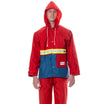
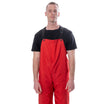
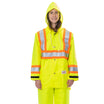
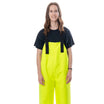
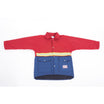
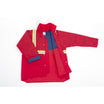

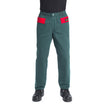
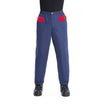
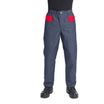
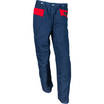
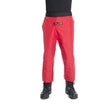
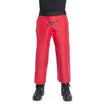
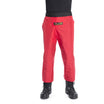
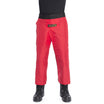
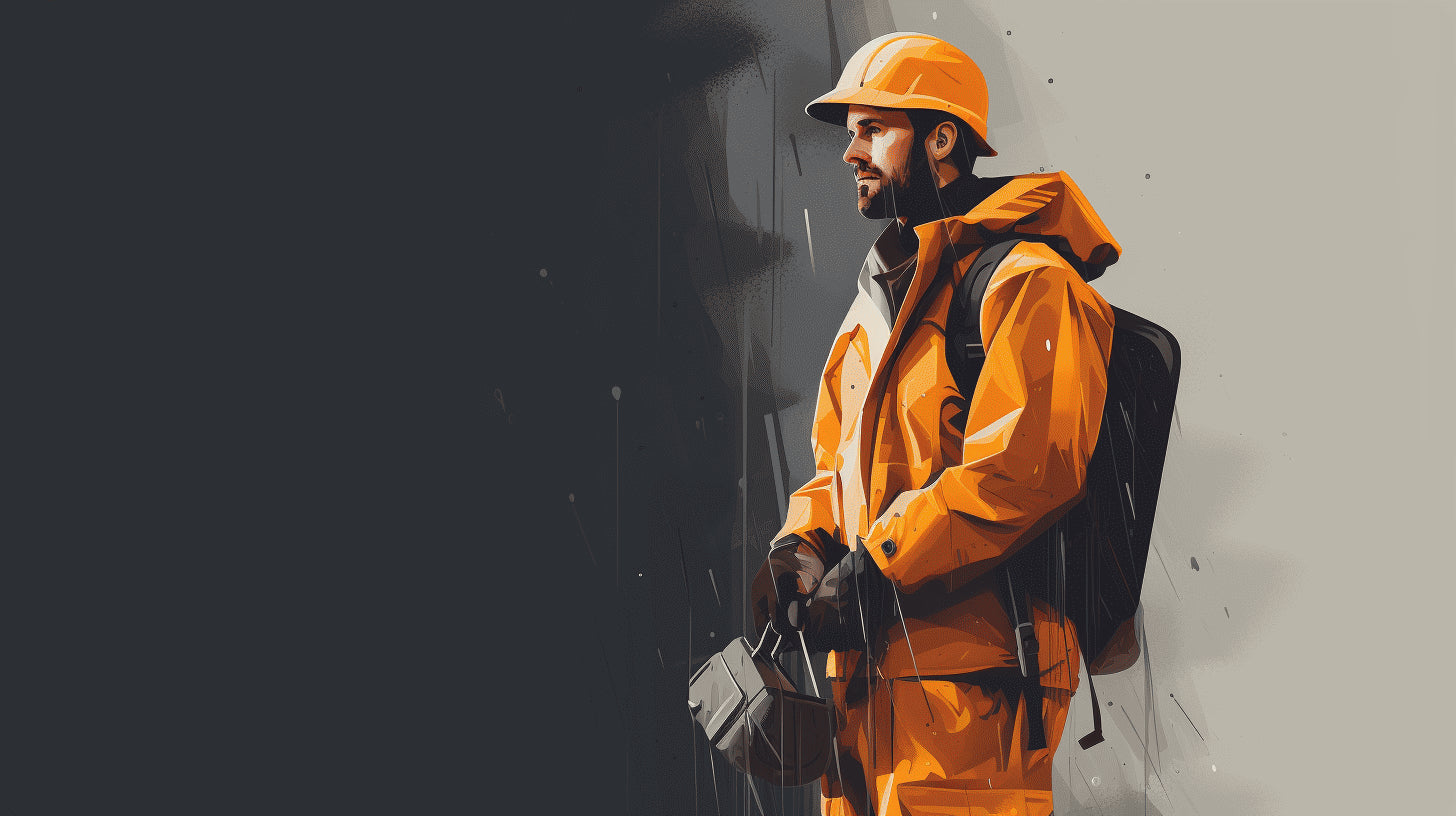
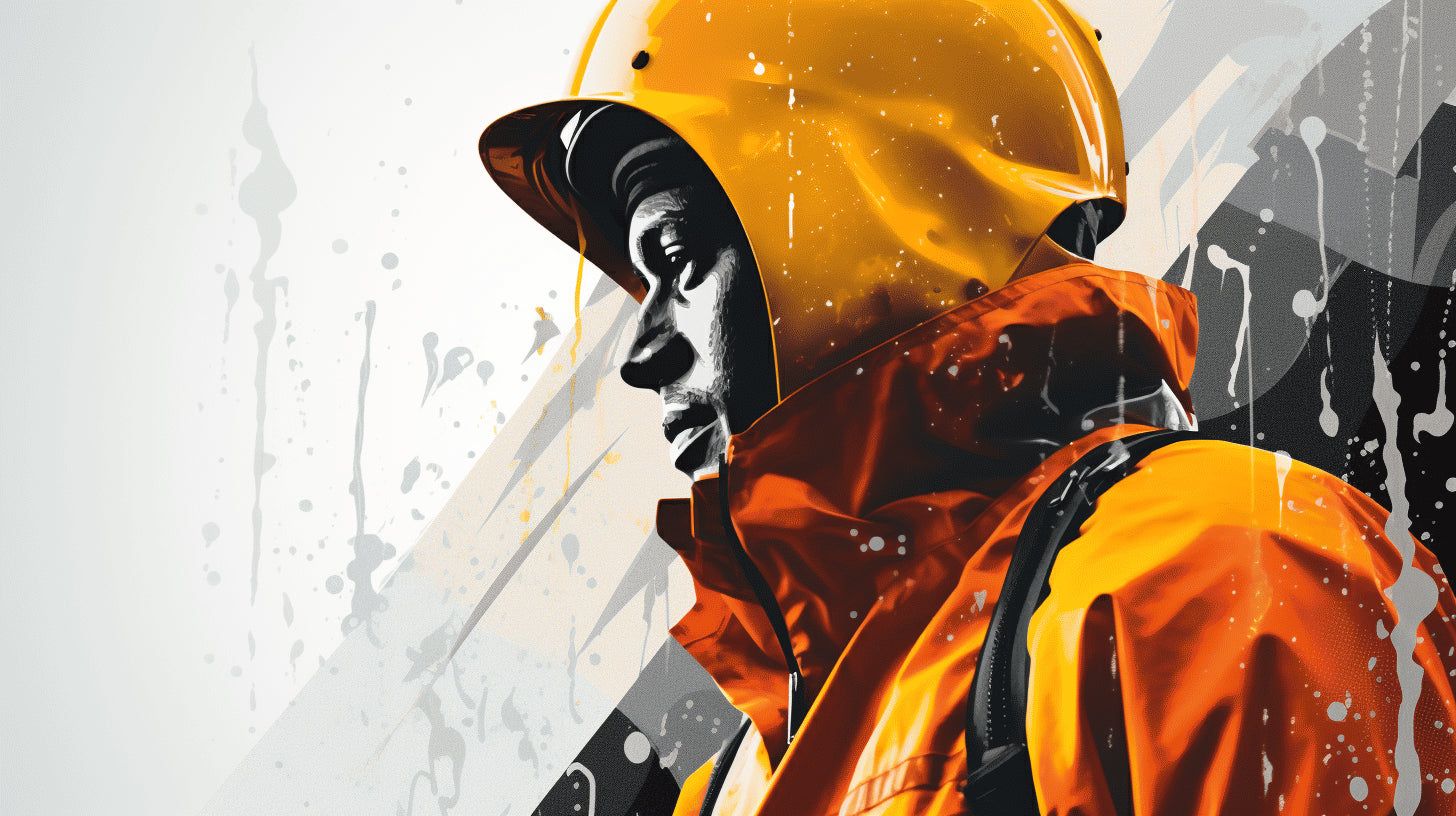
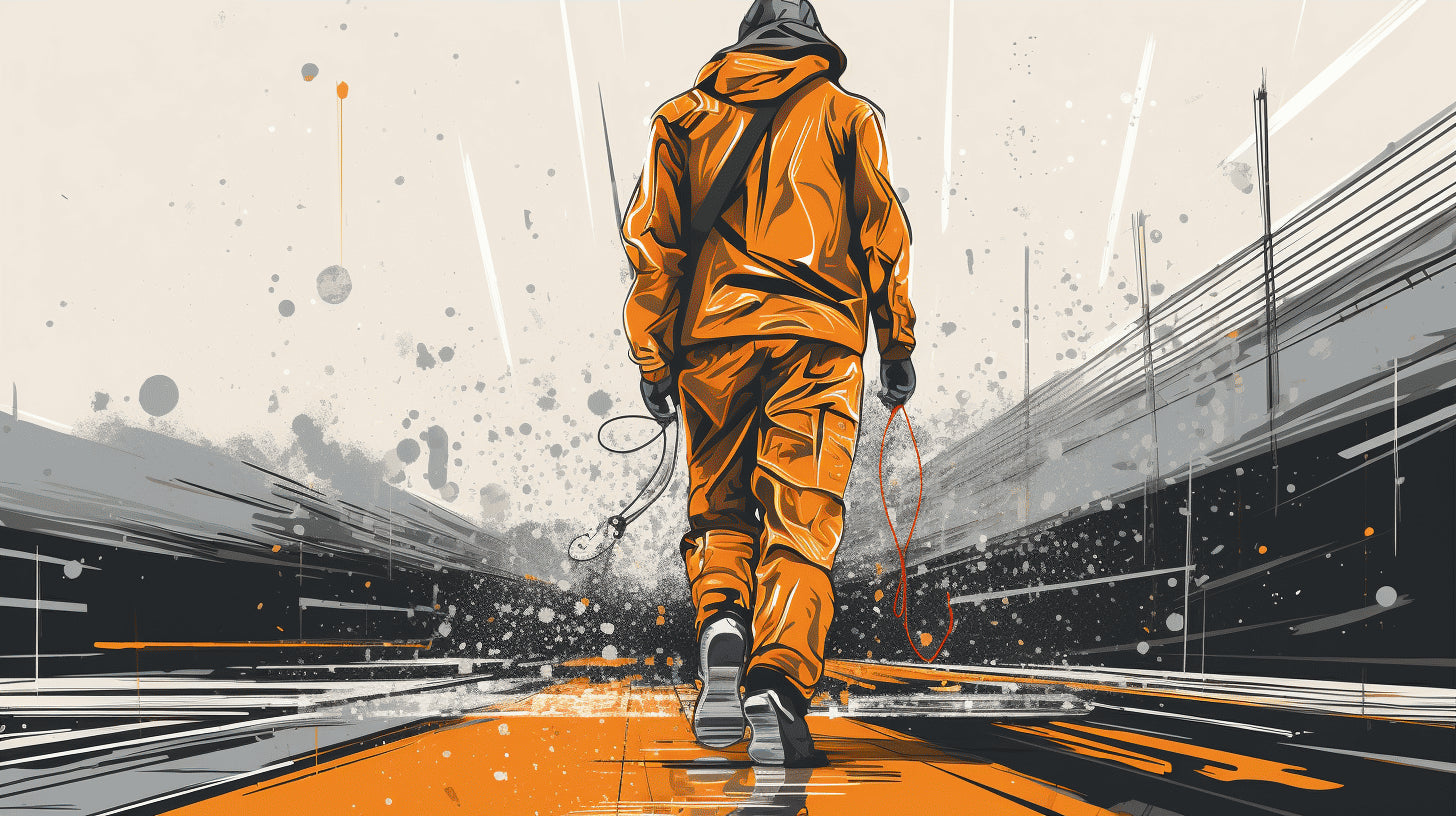
Leave a comment
This site is protected by hCaptcha and the hCaptcha Privacy Policy and Terms of Service apply.